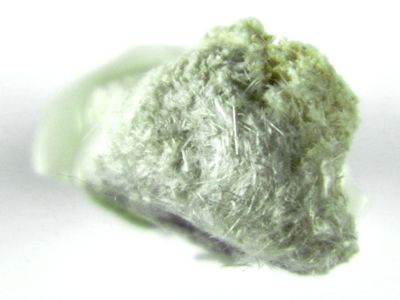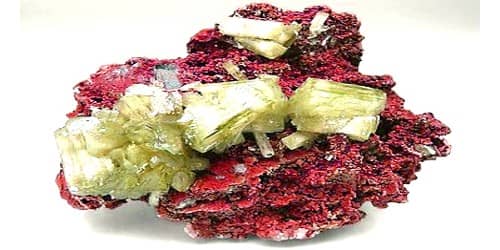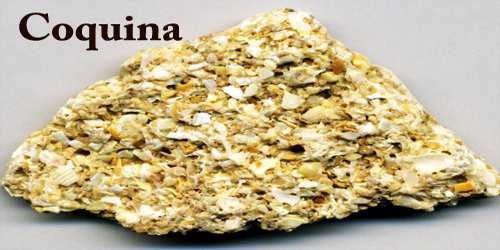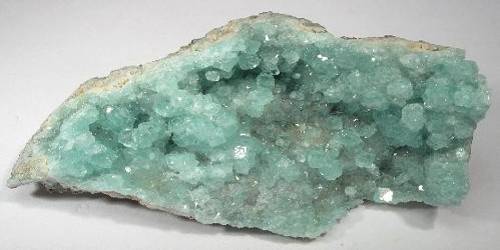Mordenite: Properties and Occurrences
Mordenite is hydrated sodium, potassium, and calcium aluminosilicate mineral in the zeolite family. It is a zeolite mineral with the chemical formula, (Ca, Na2, K2)Al2Si10O24·7H2O, and it is one of the six most abundant zeolites and is used commercially. It is one of the most abundant zeolites in altered volcanic deposits, and it commonly occurs as white, glassy needles filling veins and cavities in igneous rocks. It is a silica-rich, large-pore zeolite that occurs readily in nature.
It was first described in 1864 by Henry How. He named it after the small community of Morden, Nova Scotia, Canada, along the Bay of Fundy, where it was first found
General Information
- Category: Zeolite minerals
- Formula: (repeating unit) (Ca, Na2, K2)Al2Si10O247H2O
- Crystal system: Orthorhombic
- Crystal class: Pyramidal (mm2) (same H-M symbol)
- Member of: Zeolite Group.

Mordenite – hydrated sodium, potassium, and calcium aluminosilicate mineral
Properties
- Color: Colorless, white, yellowish, pinkish
- Luster: Vitreous, Silky
- Hardness: 3 – 4
- Specific Gravity: 2.12 – 2.15
- Crystal System: Orthorhombic
- Cleavage: {010} Perfect
- Density: 2.1 – 2.15, Average = 2.12
- Diaphaneity: Transparent to translucent
- Luminescence: Non-fluorescent.
- Streak:
It crystallizes in the form of fibrous aggregates, masses, and vertically striated prismatic crystals. It may be colorless, white, or faintly yellow or pink. It has a Mohs hardness of 5 and a density of 2.1 g/cm3.
Occurrences
Mordenite is one of the most abundant zeolites in altered volcanic deposits; it is found in volcanic rock such as rhyolite, andesite, and basalt. Although mordenite occurs in nature as a mineral, synthetic mordenite are better suited in terms of purity for meeting stringent requirements for adsorption and catalytic processes.
It is associated with other zeolites such as stilbite and heulandite. Good examples have been found in Iceland, India, Italy, Oregon, Washington, and Idaho. It is also found in marine sediments, as in the Ural Mountains and in dikes where water has attacked and altered volcanic glasses, as on the Isle of Arran in Scotland
Use
Mordenite is widely used in catalysis, separation, and purification because of its uniform and small pore size, high internal surface area, flexible framework, and controlled chemistry. Synthetic Mordenite is used as a catalyst in the petrochemical industry for the acid-catalyzed isomerization of alkanes and aromatics. Apart from generic applications in the fields of agriculture and building industry (as dimension stone), uses are known as sorbent and molecular sieve. Gas separation processes are reported for the production of high-grade O2 from the air by pressure-swing operating generators.
















